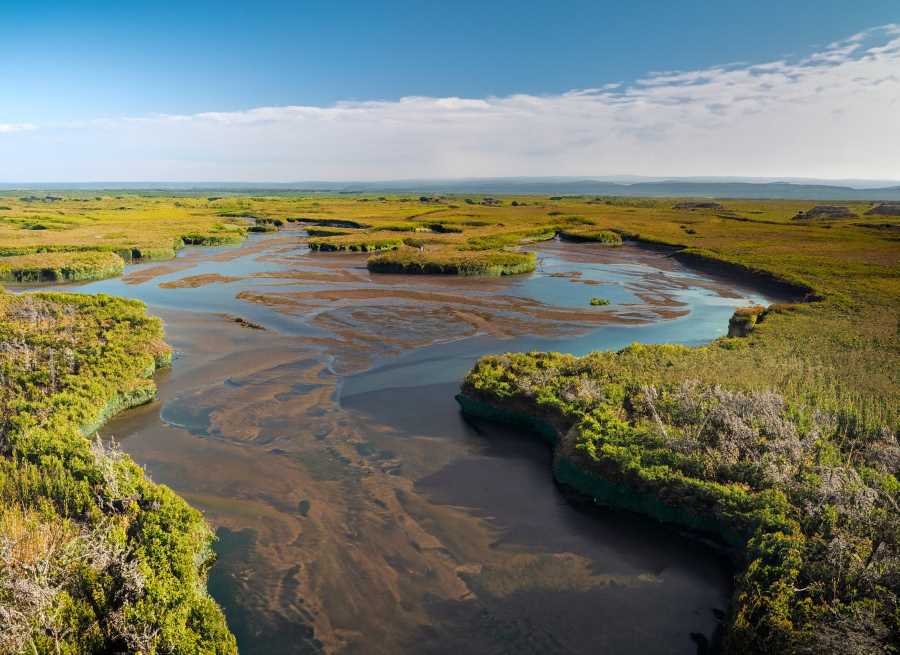Bahía de Los Ángeles' Eco-Services Reimagine Conservation
In an age of ecological uncertainty, the Bahía de Los Ángeles Marine Biosphere Reserve stands as a sanctuary of resilience and symbiosis. Far more than a scenic backdrop, this reserve is a complex tapestry of life, a living laboratory of biodiversity and biogeochemical genius.

In the liminal space where the cerulean sky kisses the azure sea, lies an ecological treasure of unparalleled significance: the Bahía de Los Ángeles, Canales de Ballenas and Salsipuedes Marine Biosphere Reserve. This reserve isn't just a mere expanse of pristine beauty; it's a complex and nuanced ecosystem that serves as an underpinning fulcrum for both human and animal life, a linchpin holding together the diverse tapestry of biological processes. As we navigate the rough seas of climate change, and confront an array of ecological calamities, this sanctuary demonstrates how Marine Natural Protected Areas (MNPAs) can serve as buffers, fortresses of biodiversity, and beacons for a more resilient future.
This reserve boasts a stunning array of life forms, offering a home not just to countless species of fish and marine invertebrates, but also to reptiles, birds, and terrestrial and marine mammals. Each of these species doesn't exist in a vacuum; they are interwoven in a complex trophic network that optimizes energy flow and nutrient cycling—those invisible threads that keep an ecosystem not just alive but thriving.




